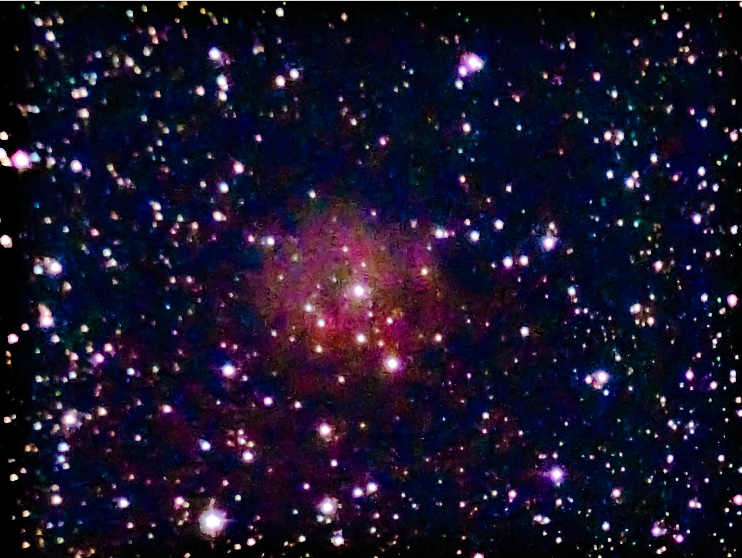The universe is full of fascinating and beautiful phenomena, and one of the most enchanting is the Cocoon Nebula. Nestled in the constellation Cygnus, this celestial object is a prime example of a stellar nursery, where new stars are born. Let’s explore what makes the Cocoon Nebula so special and why it captures the imaginations of both amateur and professional astronomers alike.
What is the Cocoon Nebula?
The Cocoon Nebula, officially known as IC 5146, is a bright emission nebula. It’s located about 4,000 light-years away from Earth, making it relatively close in cosmic terms. Emission nebulas are clouds of ionized gas that emit their own light, usually due to the energy from nearby young, hot stars. The Cocoon Nebula gets its name from its appearance; through a telescope, it looks like a delicate, glowing cocoon nestled among the stars.
A Star-Forming Region
One of the most intriguing aspects of the Cocoon Nebula is its role as a star-forming region. Within this nebula, new stars are born from the dense clouds of gas and dust. The process begins when regions within the nebula collapse under their own gravity, forming protostars. Over time, these protostars gather more material, eventually igniting nuclear fusion in their cores and becoming full-fledged stars.
The bright, massive star at the center of the Cocoon Nebula is a relatively young star, estimated to be only a few hundred thousand years old. Its intense radiation ionizes the surrounding gas, causing it to glow brightly and creating the beautiful colors we see in images of the nebula.
Observing the Cocoon Nebula
For amateur astronomers, the Cocoon Nebula is a rewarding target, although it requires a bit of effort to locate. It’s situated in the constellation Cygnus, which is best seen in the northern hemisphere during the summer months. To spot it, you’ll need a telescope and a clear, dark sky away from city lights.
When viewed through a telescope, the Cocoon Nebula reveals its distinctive shape and soft, reddish glow. Photography enthusiasts can capture stunning images of the nebula with long-exposure astrophotography, highlighting the intricate details of the gas and dust clouds.

The Cocoon Nebula isn’t just a pretty sight; it’s also a window into the processes that shape our universe. Studying nebulae like IC 5146 helps astronomers understand how stars and planetary systems form, including our own solar system. By observing and analyzing these stellar nurseries, scientists can learn more about the origins and evolution of the cosmos.
Next time you’re gazing at the stars, take a moment to appreciate the cosmic wonder that is the Cocoon Nebula.